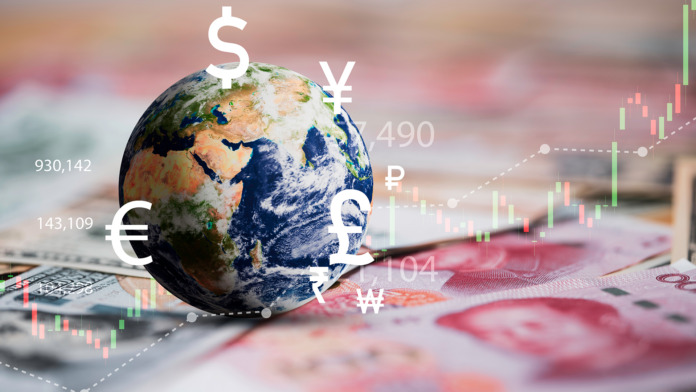The US dollar stabilized on Tuesday after US President Donald Trump imposed tariffs on metal imports, triggering demand for the safe-haven currency amid concerns over a brewing trade war.
The dollar index, which tracks the greenback against a basket of six other currencies, was trading virtually flat at 108.200.
Dollar Remains in Demand
Donald Trump signed executive orders on Monday night imposing 25% tariffs on all steel and aluminum imports. He also indicated the likelihood of further tariff increases on metals and mentioned that reciprocal tariffs were being considered for the country’s main trading partners.
“The DXY dollar index remains relatively strong above 108.00, as markets remain gripped by the threat of tariffs,” ING analysts noted in a report. “The ‘reciprocal’ tariffs could come into force at any moment, and the market still does not know if they will be applied only to certain key sectors, such as automobiles, pharmaceuticals, or semiconductors, or more broadly.”
Trump’s policies, which include higher tariffs, are generally seen as inflationary for the US economy, potentially preventing the Federal Reserve from further easing monetary policy in the near future, thereby strengthening the dollar.
With this in mind, the latest US consumer price index (CPI) report, set for release on Wednesday, will be closely watched, as it could influence interest rate expectations.
Before then, traders are likely to focus on Federal Reserve Chairman Jerome Powell’s testimony on Capitol Hill over the next two days, where he is expected to be questioned on inflation and tariffs.
Bank of England Puts Pressure on the Pound Sterling
In Europe, EUR/USD remained stable at 1.0308, near its lowest level in more than two years, as markets feared that Trump’s tariffs could hinder economic growth in the European Union.
“The EU is preparing for possible additional tariffs in key sectors, such as the automotive industry,” ING warned. Although the European bloc maintains a relatively low tariff regime, there are concerns that the US may expand its trade restrictions in April when the Department of Commerce publishes its report on trade deficits.
Meanwhile, GBP/USD fell 0.2% to 1.2349 due to growing expectations of a more dovish Bank of England (BoE). Economist Catherine Mann, previously known as a strong advocate for high interest rates, voted last week in favor of a 50-basis-point cut, fueling speculation of further monetary easing.
In an interview with the Financial Times, Mann warned that businesses will struggle to raise prices this year as rising unemployment and declining consumer spending weigh on demand. Her comments could reinforce forecasts of up to three 25-basis-point rate cuts in 2024, according to ING.
Yen Strengthens on Rate Hike Expectations
In Asia, USD/JPY rose slightly to 152.06 in a quiet session due to a holiday in Japan but remains close to its two-month low. The Japanese currency has been supported by growing expectations that the Bank of Japan (BoJ) will continue raising interest rates.
USD/CNY traded largely unchanged at 7.3053, with the yuan supported by Beijing as the currency faced increased selling pressure following the implementation of US tariffs on China the previous week.
Weak inflation data released over the weekend also weighed on the Chinese currency.



